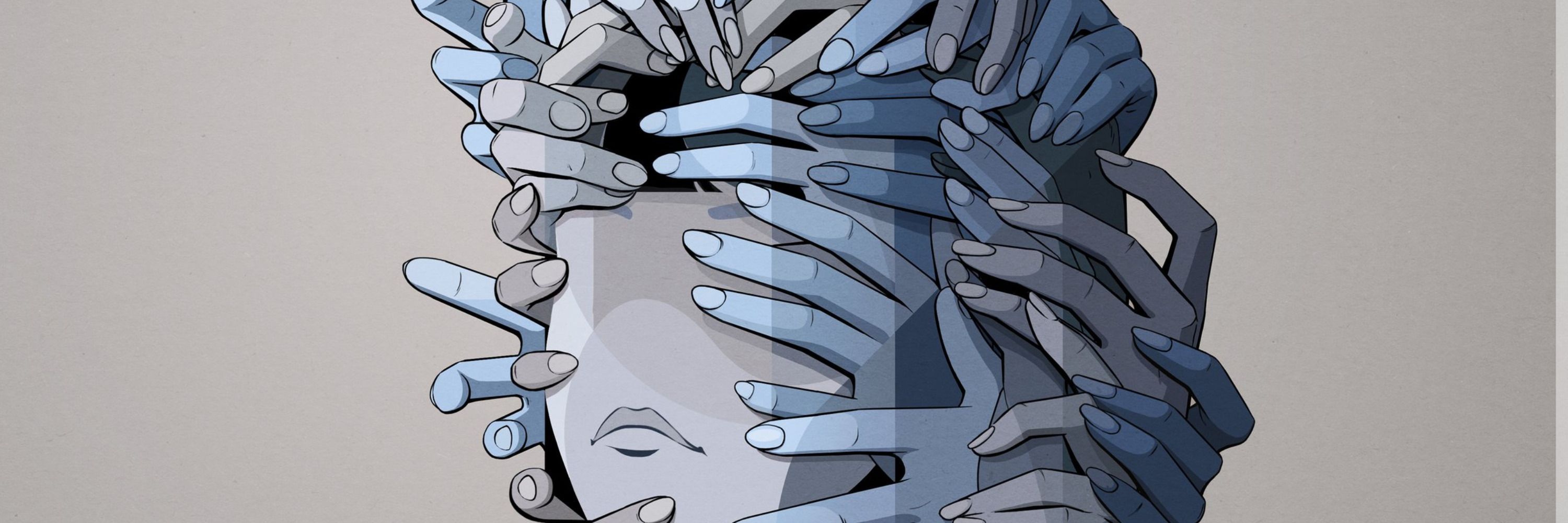
prejudice, person perception at McGill | https://prejudicemap.org

This technique lets you compare patterns across diff types of measures (eg correlate correlation matrices), super flexible
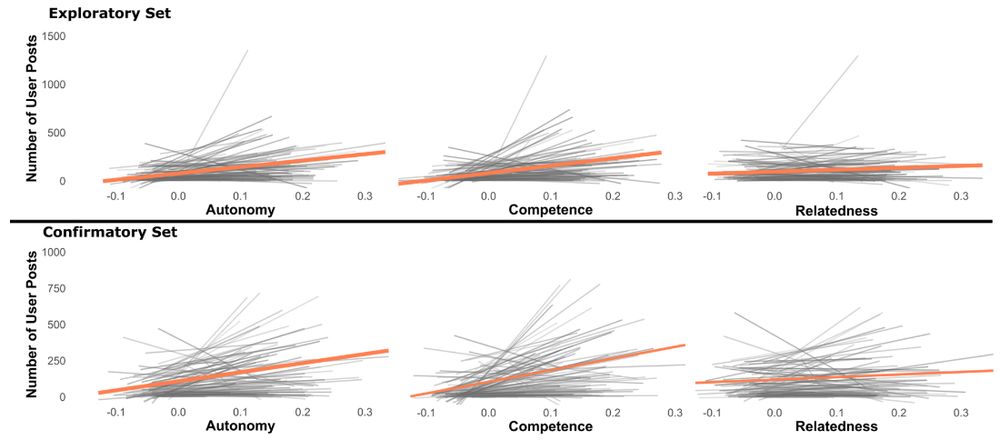
Check it out if interested
4/end
3/n
2/n

We find that *estimated* basic psychological needs are related to posting behavior and use of hate speech.
1/n
journals.sagepub.com/doi/10.1177/...
Reposted by Calvin K. Lai, Michael W. Kraus, Eric Hehman

The military service drafted a new policy that classifies them as “potentially divisive.”
Reposted by Eric Hehman

Read more in #SPPS: ow.ly/YW5b50Xrla5
Reposted by Olivier Corneille, Eric Hehman, Colin Tucker Smith
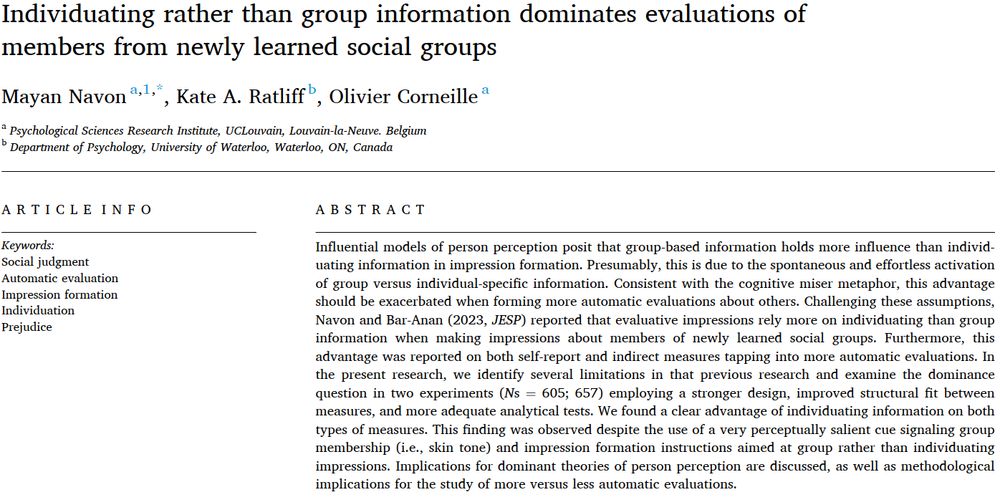
Classic person perception models argue that group information (e.g., group valence) dominates impression formation, especially in less-than-optimal conditions. But is this really the case?
👉 Read the full paper
authors.elsevier.com/a/1m66p51f8w...
@cornellpsych.bsky.social! We will begin reviewing apps Dec 1st. Please repost!
academicjobsonline.org/ajo/jobs/31185
@spspnews.bsky.social @spspsc.bsky.social @aplssc.bsky.social @spssi.bsky.social @psychscience.bsky.social
Reposted by Eric Hehman
Reposted by Eric Hehman
Reposted by Anna O. Law, Jan W. Mueller, Stephan Lewandowsky , and 33 more Anna O. Law, Jan W. Mueller, Stephan Lewandowsky, Ingmar Weber, Linda J. Skitka, Julie L. Lockwood, Joshua S. Weitz, John Horgan, Simon J. Greenhill, Cort W. Rudolph, American Library Association, Andrew Curry, Lesley A. Hall, Christian E. Weller, Juan Cole, Iikka Korhonen, Ian Hussey, Jonathan Hopkin, Peter Stewart, Rebecca Tushnet, Alan Richardson, Bessma Momani, James Goodwin, Eric Hehman, Dana R. Fisher, Fiona Moore, Matthew Lebo, Kate Starbird, Catherine J. Frieman, Raúl Pacheco-Vega, Jill A. Jacobson, Georg Weizsäcker, Karen O’Leary, Farah Mendlesohn, Dunlap, Susanne Lachmuth
www.uni-konstanz.de/zukunftskoll...
Reposted by Eric Hehman
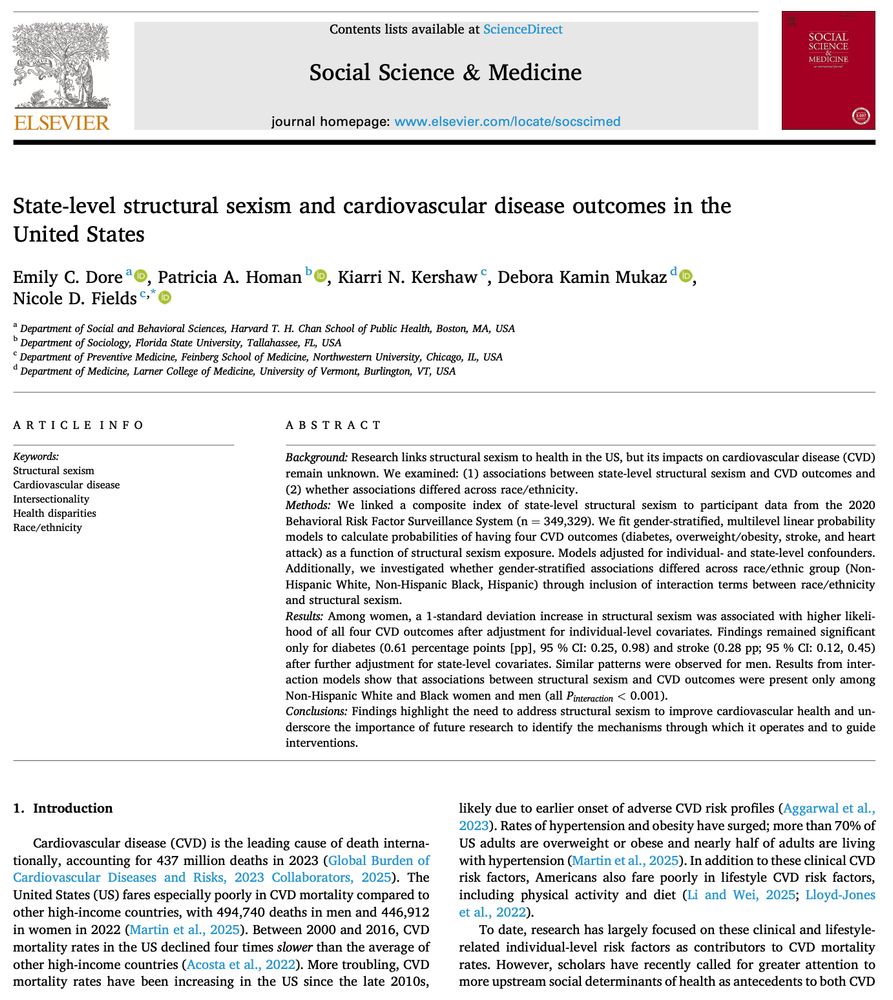
@pahoman.bsky.social @deborascience.bsky.social
www.sciencedirect.com/science/arti...


Reposted by Eric Hehman

Reposted by Mark J. Brandt, Eric Hehman


powerlmmjs.rpsychologist.com
- Calculate power (etc) for multilevel models
- Examine effects of dropout and other important parameters
- Fast! (Instant results)
This award recognizes an outstanding article (theoretical or empirical) in the field of social cognition. Papers eligible if published in 2024.
More info here: www.socialcognition.net/best-paper-a...
/end
5/n
4/n
3/n
2/n
Reposted by David Chester

1/n
guilfordjournals.com/doi/10.1521/...
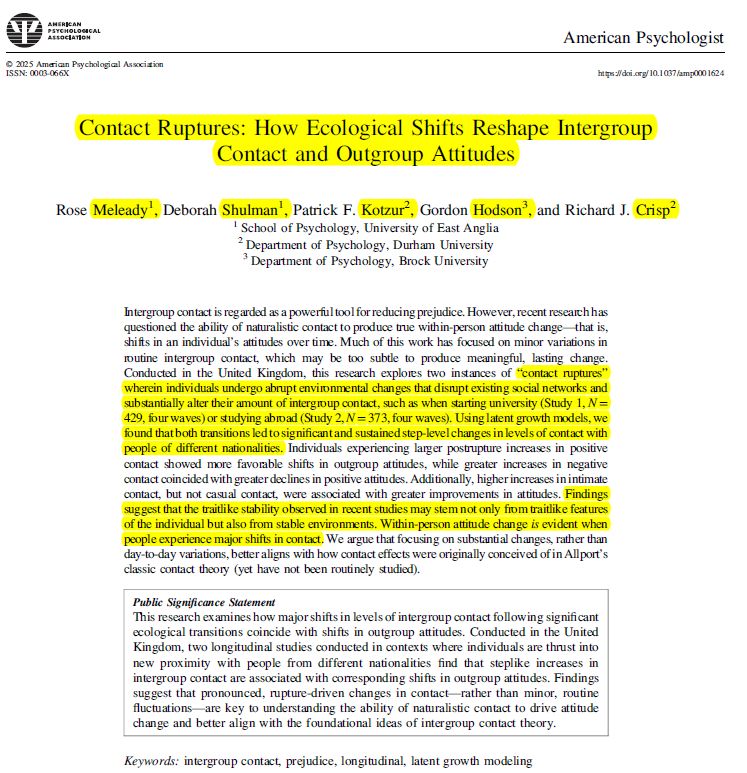
Our new paper out in American Psychologist.
Led by Meleady, with @debshulman.bsky.social, Kotzur, & Crisp.
Contact "ruptures" (going to university; studying abroad) ==> changes in outgroup attitudes longitudinally
psycnet.apa.org/doiLanding?d...
Reposted by Eric Hehman, Jill A. Jacobson
Reposted by Eric Hehman

Across multiple longitudinal data sets (N > 20,000), very few people reported increased contact AND reduced prejudice.
psycnet.apa.org/fulltext/202...


